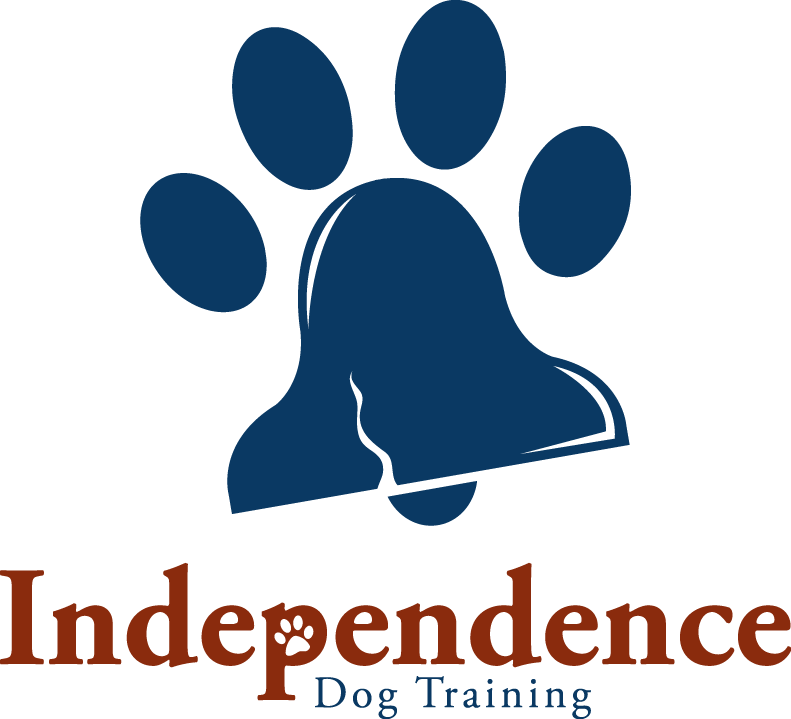My name is Soni Cheesebrough and I’m a Philly Dog Trainer and owner of Independence Dog Training.
Now, let’s talk territory.
 To be truly satisfied, a dog needs food, water, shelter, a loving family, and structure. Dogs thrive on structure—the structure of the pack, the food chain, when they eat, where they sleep, etc. When a dog’s normal routine is disrupted, they tend to act out. This may be through anxious, hyperactive, or even aggressive behavior.
To be truly satisfied, a dog needs food, water, shelter, a loving family, and structure. Dogs thrive on structure—the structure of the pack, the food chain, when they eat, where they sleep, etc. When a dog’s normal routine is disrupted, they tend to act out. This may be through anxious, hyperactive, or even aggressive behavior.
Territory is a factor that can really throw your dog’s instincts for a loop. If your dog’s territory changes because you move, get a new pet, have a new child, or simply have visitors (even once in a while) certain dogs may not know how to handle it.
One of the biggest things you can do for your dog, as their owner, is provide as much consistent structure as possible. It builds trust, keeps your dog relaxed, and improves your overall relationship. But unless you want to be a hermit, it’s impossible to keep your dog away from all environmental changes. That’s why, at Independence Dog Training, we teach you how to help your dog feel calm and relaxed even when their space is invaded.
I recently met a family whose dog, Bentley, is having issues with territorial behavior. Like so many of our canine friends, he doesn’t listen to his owners very well and snaps at people who invade his space, whether that space is where he’s being walked or in his own home.
During the in-home consultation, he greeted me with his typical aggressive behavior. He never lunged at me, but he didn’t relax, either. I was there when the owners’ children returned from school, which seemed to make him feel a bit more comfortable, though he remained unsure of me. Rather than the family pet they were hoping for, the owners ended up with something more like a guard dog.
Bentley is clearly made uncomfortable by environmental changes, just like I mentioned in the above paragraphs. He wants the family unit together and becomes anxious when they come and go. In his eyes, there is no structure. The simple solution is to provide that structure he craves in a way that will also work for his family.
Rather than allow Bentley to have free run of the house, we’ll designate a certain spot in the home that belongs to him. Right now, he feels like he is in charge of and has to manage the entire home. He’ll see that the responsibility doesn’t lie on him, but on his owners. Once that’s clear, he’ll learn to look up to them and listen for their instructions rather than expecting the family to take cues from him.
There are several training techniques I’ll employ to get Bentley exactly where he needs to be, and I’m sure within a few weeks the family will begin to see improvement. And if they don’t, we’ll adjust the training until all goals are met. That’s just the way I work. If I commit to your dog, I’m there for you no matter how long it takes.
If you’d like to see how my expertise in canine behavior can help you build a stronger relationship with your dog, call me today at 215.709.2560 or send me an email through my contact page.
